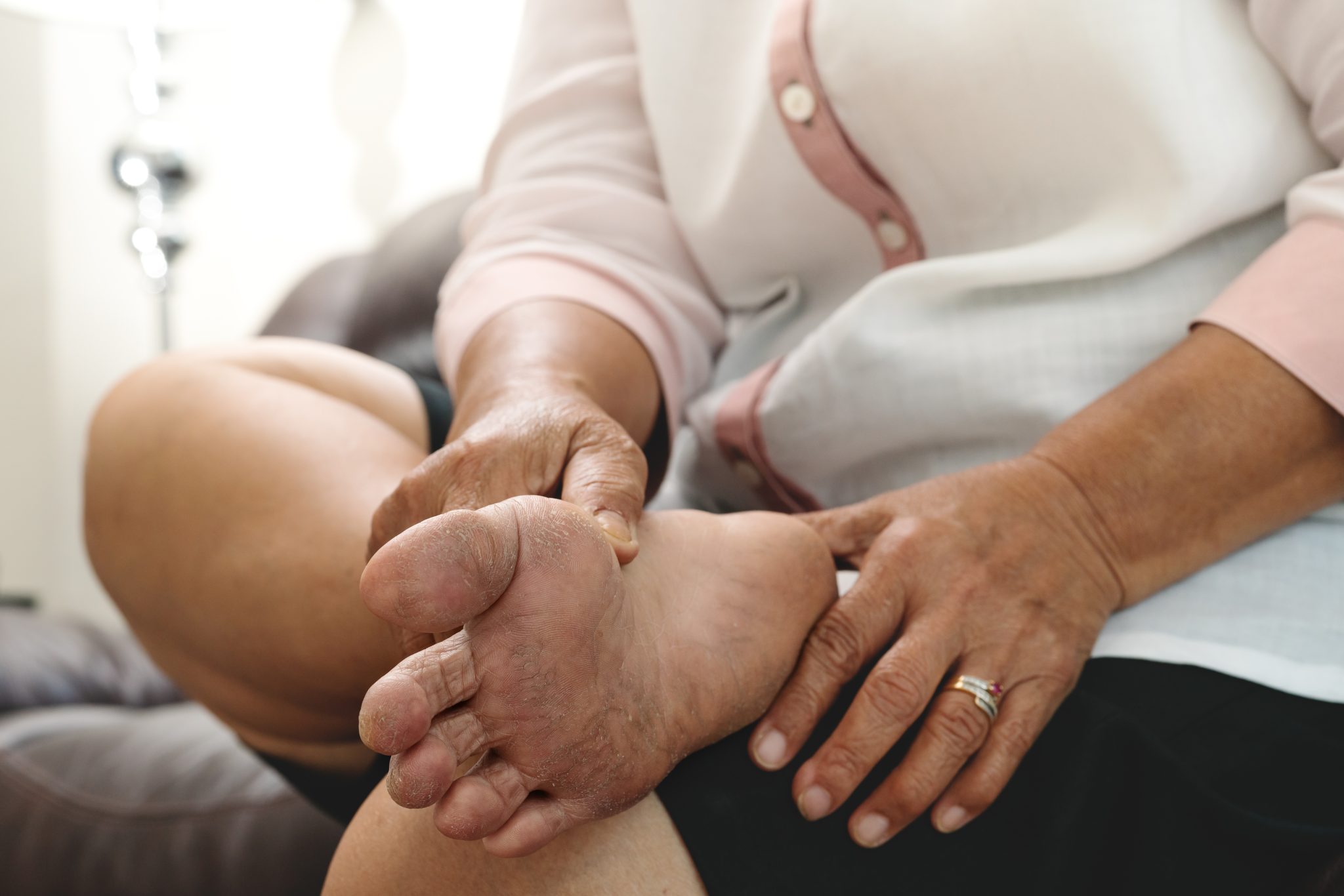Health

Diabetes is a chronic disease that affects every part of the body. A person with diabetes can face many complications along their journey to manage their diabetes, and feet complications are no exception. There are many complications from diabetes that affect the feet. Diabetes is the leading causing of foot amputations. In most cases the foot complications and amputations can be prevented.
Causes of Foot Amputations
- Uncontrolled blood sugar levels
- Smoking
- Foot ulcers
- High blood pressure
- Neuropathy (nerve damage)
- Calluses
- Peripheral artery disease (poor blood circulation)
Stepping Into Foot Care to Prevent Foot Amputations
Check feet daily. At least once a day, diabetics should examine their feet. In cases where they can’t reach their feet, individuals can use a hand mirror or ask someone for help. Make sure to check for calluses, cuts, cracks, sores, redness, and swelling. As soon as a problem appears, notify a doctor.
Never go barefoot. To prevent injury to the feet, avoid going barefoot—even in the house.
Wash feet daily. Use lukewarm (not hot) water to rinse feet every day. Make sure to dry them, especially between the toes. This is also a good time to use a gentle moisturizer on the tops and bottoms of each foot. Remember, do not apply a moisturizer between the toes.
Wear proper fitting shoes. All shoes should be comfortable and provide enough support for the feet. Avoid shoes that are too tight and narrow. A bonus tip is to wear clean, dry, white socks to notice any discharge from ulcers or sores on your feet.
Do not remove calluses. To prevent injury to their feet, individuals should not remove calluses themselves. Visit a family doctor or podiatrist to remove calluses.
Trim toenails carefully. It is important to be extra careful when trimming toenails. It is best to trim straight across. In situations where someone cannot reach their feet, the best practice would be to visit a podiatrist for toenail trims. Asking for help from a caregiver is also an option.
Quit smoking. Smoking decreases circulation and lowers the amount of oxygen in the blood. This can increase the risk for foot complications.
Make regular doctor visits. Make sure to schedule and keep doctor’s appointments. A doctor is the key to detecting early signs of foot complications. It is important to have a foot exam at least once a year. However, more visits may be necessary if there are any issues.

